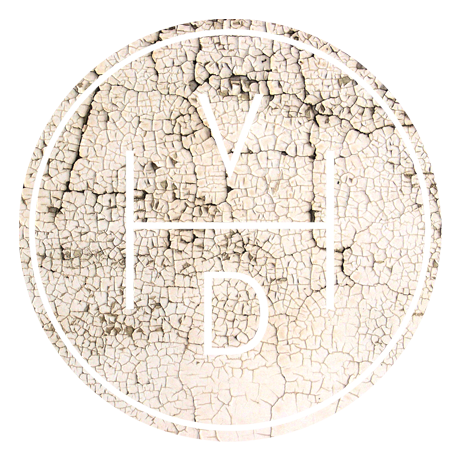Sportsman's Camping Guide
Some gold from Leonard Miracle, this comes from "The Sportsman's Camping Guide" which is part of "Outdoor Life Magazine's" Skill Book series. This is his deceptively simple firewood rating system of common trees. I love the cover photography too – plaid and a packboard.
Tip #11 – Good Firewood
“The good firewood that is repeatedly mentioned is wood that lights easily when dry, burns with a hot, long lasting flame, and forms a hot bed of coals. The less smoke the better. A tendency to throw hot sparks downgrades the wood. Wood that chops easily and splits easily ought to have extra credit, perhaps, but most of the soft, easily worked woods are short on the other virtues.
A chunk of white ash green with summer leaves and soaking wet can be split into small sticks and will burn briskly. Dry ash is superb wood. Ash is reasonably easy to cutting split wet or dry. It burns steady and long, produces good coals, doesn’t produce excessive smoke or flying sparks. White ash is tops. Willow, which is east to cut with an ax, is fuel for those who have nothing better. It rates along the least common campfire woods.
Good
Ash, Hickory, Oak, Holly, Dogwood, Apple, Birch, Maple, Locust, Mountain mahogany.
Fair
Beech, Mulberry, Buckeye, Sycamore, Tamarack, Pine, Cedar, Juniper, Spruce, Cottonwood, Fir, Aspen.
Poor
Willow, Alder, Chestnut, Magnolia, Tulip, Catalpa, White elm, Cherry”

